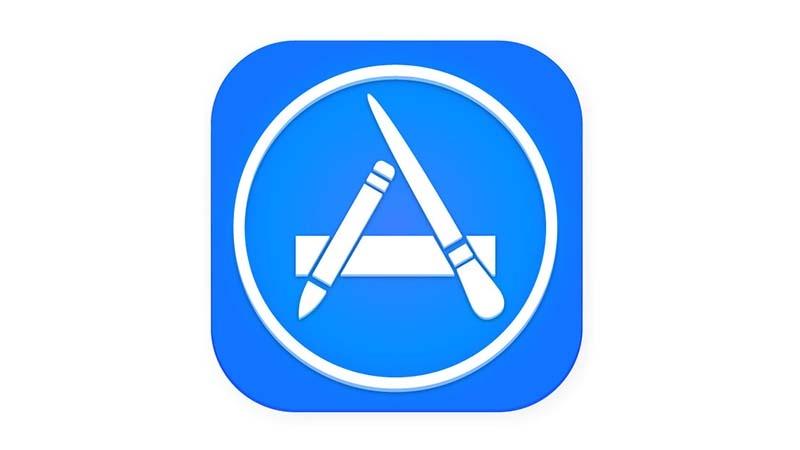If there is one factor that defines the iOS market and the app industry as a whole, it is the freemium business model that underpins it. In fact, many will claim brands like Apple leveraged this model to create the illusion of “free” around its apps, before introducing tiered purchase options to generate revenue.
While in-app purchases may have previously been viewed with cynicism, however, there are signs that the market is becoming increasingly accustomed to them. Apple have also refined their proposition and leveraged innovation to improve the appeal of the in-app purchases that they are able to deliver, and this has translated into an increased spend per device of $40 (it was $35 at the end of 2015).
How Have Apple Successfully Monetized Their Most Recent Apps?
These two factors are synonymous with one another, of course, as Apple’s advanced use of technology and innovation has played a pivotal role in empowering customers to spend more on in-app purchase.
The application innovation manifests itself in various ways, depending on the precise nature of each individual app. If you look at the Forex.com trading app, for example, you will see a tool that has benefited from a number of advanced purchase options, each of which have been built on the solid foundation of military grade encryption. These options enable traders to access features that increase their potential profits, from advanced stop loss orders to a more diverse range of technical indicators such as MACD and Stochastic.
As these evolved options can be attributed with a financial value, they make a compelling case for users to upgrade and spend more through the app.
The same principle applies to productivity apps, where Apple have also leveraged technology to create appealing purchase options that offer clearly defined value to users. Take Evernote, for example, which has been developed to be compatible with Google Drive and now offers tiered options in the form of Plus and Premium. The latter can be accessed for a monthly premium of $7.99 (or $69.99 a year if you like), while it successfully integrates email accounts with Microsoft office and enables users to seamlessly annotate PDFs.
The Last Word: How Apple’s Approach is Even Popularizing Paid Apps
As these examples show, Apple is becoming increasingly effective and streamlined in its efforts to monetize apps. This is also reflected by the rise of popular paid apps, which require users to subscribe from the outset. These tend to offer unique value and leverage enhanced examples of technology, such as the TuneIn Radio Pro app (which costs $9.99 and utilizes advanced algorithms to collate more than 100,000 short and long wave radio frequencies).
As the pace of technological advancement continues, we should expect this trend to be sustained while the average in-app spend per device rises exponentially. We may also see something similar take hold of the Android market, where there is a growing range of freemium and paid apps available to users.













Leave a Reply